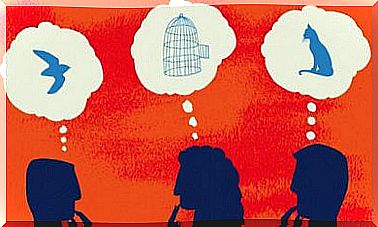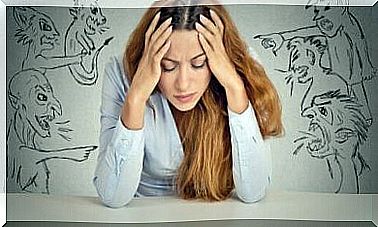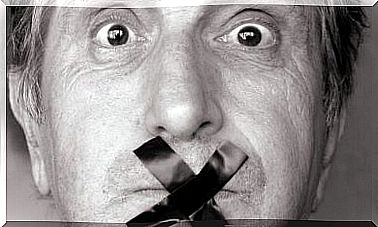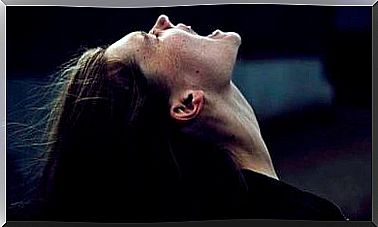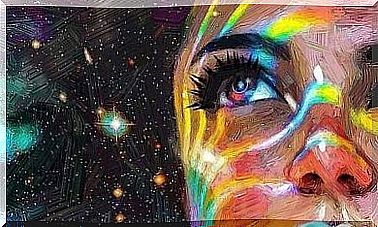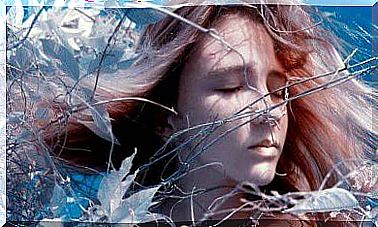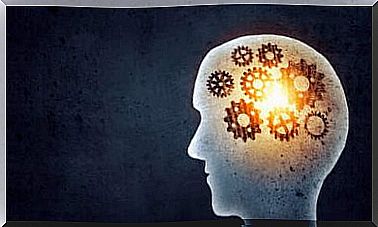The Psychopathology Of Consciousness
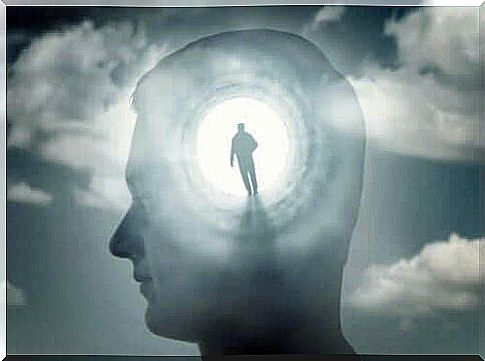
Consciousness has been studied since the beginning of philosophy, and the psychopathology of consciousness emerged from that study. However, 2500 years later, there still seems to be no consensus on the definition of this construct.
Descartes spoke of spirit, and his efforts were directed towards understanding what it meant for a spirit to be able to say something about itself. Block (1995) spoke of two types of consciousness, and Chalmers (1998) assumed that it would take “a century or two” to resolve this issue.
Currently, specialists study psychological awareness to find out if there are neural correlates with conscious states (Pérez, 2007). The lines of research do not seem to agree with the object of study: should we focus on the correlates of states of consciousness or on the content of consciousness?
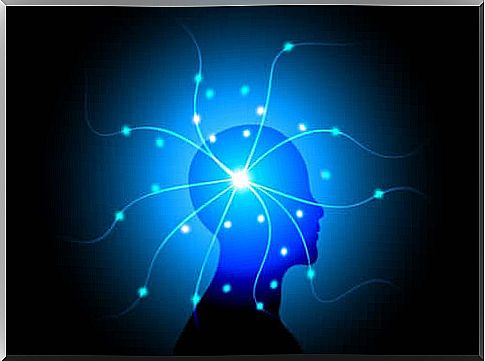
Psychopathological disorders of consciousness
Although the definition of consciousness does not seem clear, the truth is that there are specific disorders of consciousness. Bleuler (1857-1939), a Swiss psychiatrist, defined consciousness as “ the knowledge of one’s knowledge”.
Thus, the person with a change in consciousness is unable to respond adequately and understandably to the demands of the environment, nor to internal stimuli. The psychopathology of consciousness is based on this definition.
Gastó and Penades (2011, in Santos, Hernángomez and Travillo, 2018) spoke of four characteristics of consciousness that are especially relevant in the disorders we will present below:
- The subjectivity or privacy of our minds.
- The existence of a single consciousness in each individual.
- Every act is directed to an end.
- Self-awareness, which is the ability to know and recognize yourself as such.
Disorders of consciousness are organized according to the part of the body or brain they affect. The CeDe Manual of PIR Preparation of Psychopathology (2018) is taken as a point of reference.
Deficient Consciousness Disorders: Lost in a Dream
Consciousness psychopathology includes behavioral deficit disorders. We can characterize them as brain conditions in which the person has difficulties to “wake up”, orient themselves and respond to sensory stimulation. She looks lost in time or lethargic. There are three types of consciousness deficit disorders:
- Lethargy, drowsiness or sleepiness : these are individuals incapable of maintaining attention, even if they make an effort to do so. Lethargy is not a subjective feeling of sleep from having slept poorly, but an alteration in which there is almost no physical or verbal stimulus.
- Obnubilation : the person is in a deeper state of distraction and lack of stimulation. She feels confused and irritated when someone else tries to get her out of that state. There is a disturbance in your entire psychological functioning. In addition, there are perceptual distortions such as hearing or visual problems.
- Stupor : Stupor can be seen in conditions such as catatonic schizophrenia. The person abandons all voluntary movement and their verbalization is incoherent and barely understandable.
Complete unconsciousness occurs when the person goes into a coma, where reflexes such as the corneal pupillary disappear and an EEG is flat for thirty minutes. At that point, we can say the person is no longer conscious.
Productive Disorders of Consciousness: Excessive Hallucination
In the psychopathology of consciousness, we also find alterations that suggest that, although there may be consciousness, it is far from reality, giving rise to hallucinations and delusions.
Oneirism, or sleep delirium, is a confusion between the real and the imaginary. It happens in all productive disorders of consciousness. In this confusion, the person experiences sleep-like states interspersed with moments of lucidity. Oneirism or confusion can be seen in the following disorders:
- Asthenic-apathetic stage : appears mainly in elderly people, preceding toxic-confusional states. The asthenic-apathetic stage may appear in people at risk for delirium and is characterized by affective lability, irritability, fatigue, and apathy. There are also changes in psychological functions, such as memory and attention.
- Confusional stage : precedes the acute confusional state or delirium. Symptoms such as loss of coherence, memory distortion, incomprehensible language and disinhibition of behavior occur.
- Delirium : Delirium is an acute brain disorder that causes a global change in mental state and an alteration in consciousness. Here, there are clear attentional alterations and disturbances in perception, thinking, short and long-term memories, psychomotor activity and the sleep-wake cycle.
The change of context in delirium
Delirium usually occurs in elderly people who are admitted to a hospital for entirely different reasons. During the night, they enter a state of acute confusion.
The change of context and the level of anxiety for being in a hospital cause this situation. The serious problem is that hospital staff often don’t know what to do. The key is to change the context.
Disorders of the narrowing of the field of consciousness: division between thinking and behavior
These disorders generate a lack of continuity between perception and cognition, but they are characterized by apparently “normal” behaviors, although full of automatisms.
We found as the primary disorder of the narrowing of the field of consciousness the and S tates twilight. In the twilight state, consciousness is totally obscured, but the person’s understanding of the world, although distorted, is partial.
The person’s behavior appears to be in harmony with the environment, and this is because their behavior is somewhat automated. These automatisms are involuntary movements, which means that the person does them unconsciously. One knew how to execute them perfectly before experiencing this twilight state.
This differentiates them from people with schizophrenia, for example, whose automatisms lead to strange behaviors.
Impulses can also appear in twilight states. Impulses are impulsive behaviors without a cognitive basis, and this differentiates them from compulsions that can appear, for example, in OCD.
A characteristic of twilight states is that they appear abruptly; however, they also abruptly disappear. They usually last a few hours or a few days, and the person doesn’t remember anything related to the episode.

Circumscribed alterations of consciousness: they don’t come alone
Consciousness psychopathology is also found in psychological or neurological disorders without this being the main problem of the patient. This is the case of changes such as depersonalization and derealization, which usually appear in anxiety and panic and neurotic conditions.
Depersonalization is defined by Cruzado, Núñez and Rojas (2013) as an alteration in a person’s self-awareness. The person feels distant and alien, and believes that he is a mere spectator of the body’s own mental processes and movements. She can only define her symptoms with expressions such as “as if” , due to the difficulty involved in making this description.
Depersonalization, although found in psychological and psychiatric conditions, also appears in people without changes due to physical and emotional exhaustion, stress or sleep deprivation.
Derealization is a similar change. However, it implies a change in the person’s experience and perception of the world rather than himself.

